(NLDO) - NASA's two IRAS and NuSTAR warriors have captured infrared signals revealing hundreds of hidden "space monsters".
NASA's IRAS and NuSTAR mission teams and international collaborators have identified hundreds of new supermassive black holes lurking in clouds of dust, suggesting that our universe is more "pocketed" than previously thought.
This is the first time this type of hidden black hole has been identified, and the findings could help astronomers refine their theories about how galaxies evolve, Live Science reported.
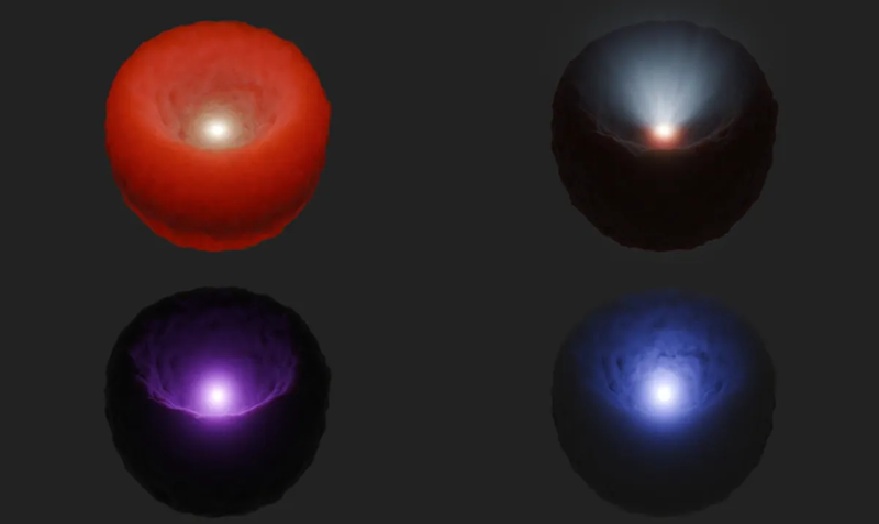
One of the newly discovered "cosmic monsters" is described with four different wavelengths - Photo: NASA/JPL-Caltech)
Hunting for black holes is hard work. They are the darkest objects in the universe, because not even light can escape their gravitational pull.
Scientists can sometimes "see" black holes as they swallow surrounding matter, and this stream of matter glows when it accelerates so violently.
But not all black holes have such bright rings. So the team developed a new method that takes advantage of some of the capabilities of the twin infrared space telescopes IRAS and NuSTAR.
Research published in the Astrophysical Journal shows that clouds around obscured black holes do indeed glow, but only in infrared light, not visible light.
This path has helped them identify hundreds of new hidden black holes.
The newly identified cosmic "holes" also help the authors estimate that up to 35%-50% of supermassive black holes - the largest type of black hole, also known as monster black holes - hide in this way.
This figure is much higher than the 15% estimated by previous studies.
This means that our universe is inherently "pocketed" with countless holes, at least several times more than previous calculations.
The frequency of the presence of these monsters affects the galaxies in the universe very strongly.
For example, these space-time tears could help limit the size of the galaxy by pulling it toward its gravitational center or consuming large amounts of star-forming dust.
The technique could also help scientists learn more about the core of Earth's Milky Way galaxy, where a monster black hole called Sagittarius A* remains a mystery.
Source: https://nld.com.vn/vu-tru-thung-lo-tiet-lo-soc-tu-2-kinh-vien-vong-nasa-196250121102859122.htm








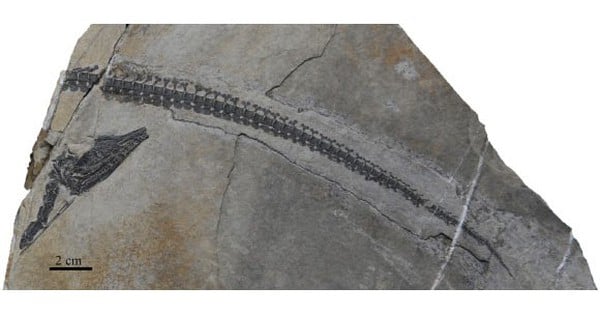
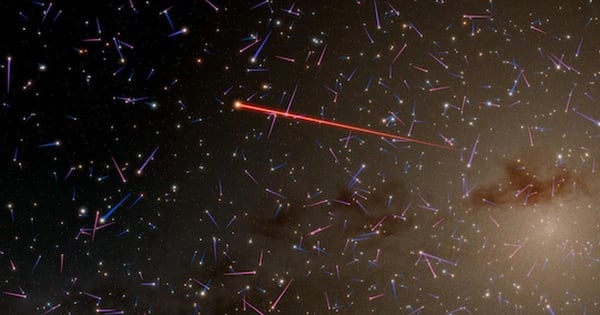
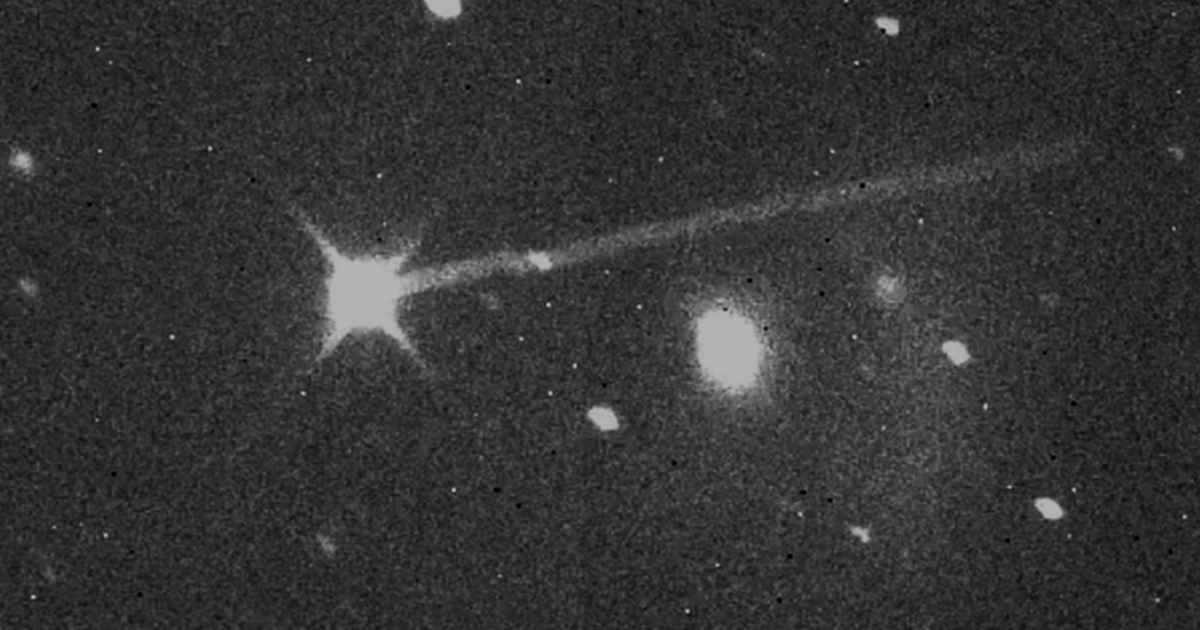

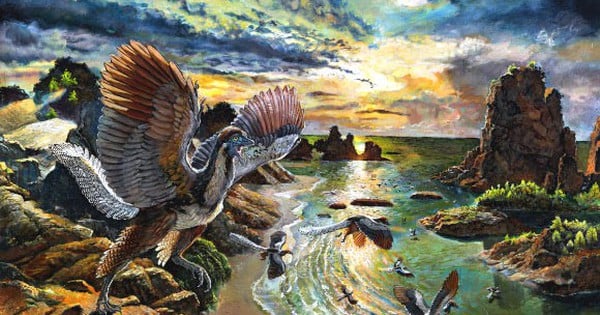
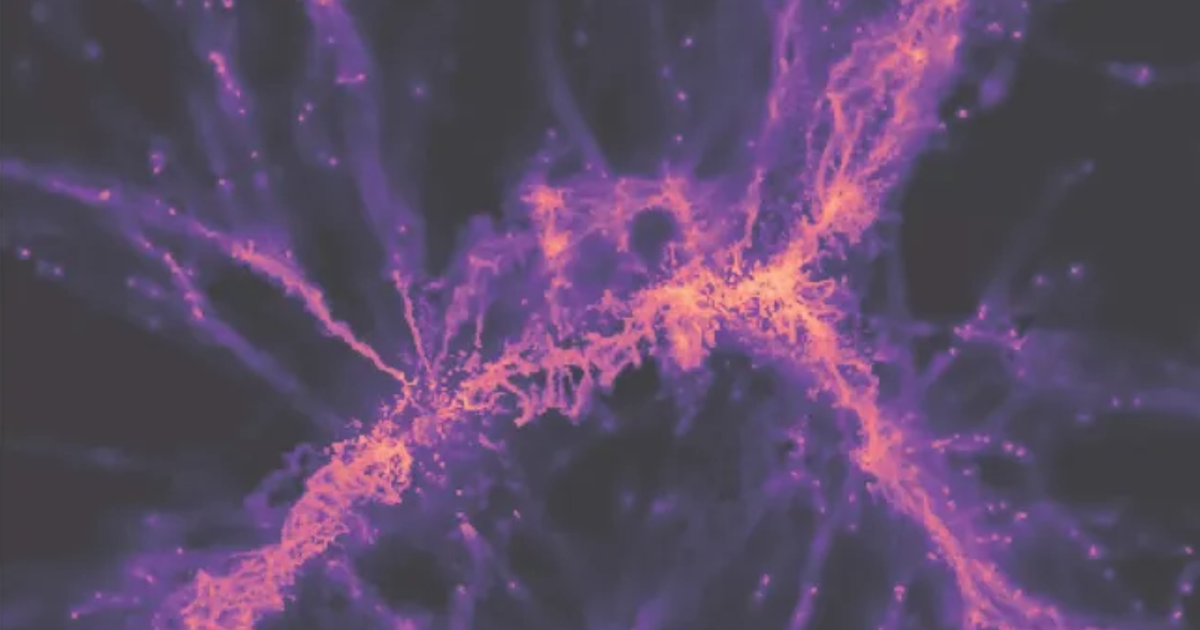
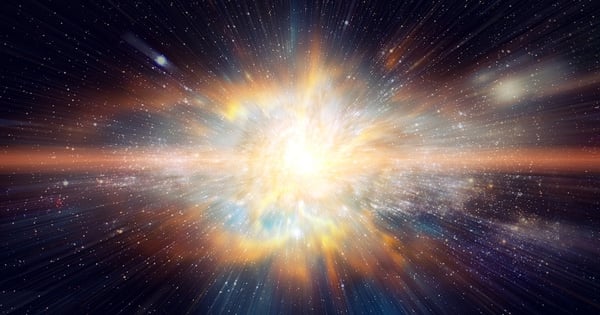
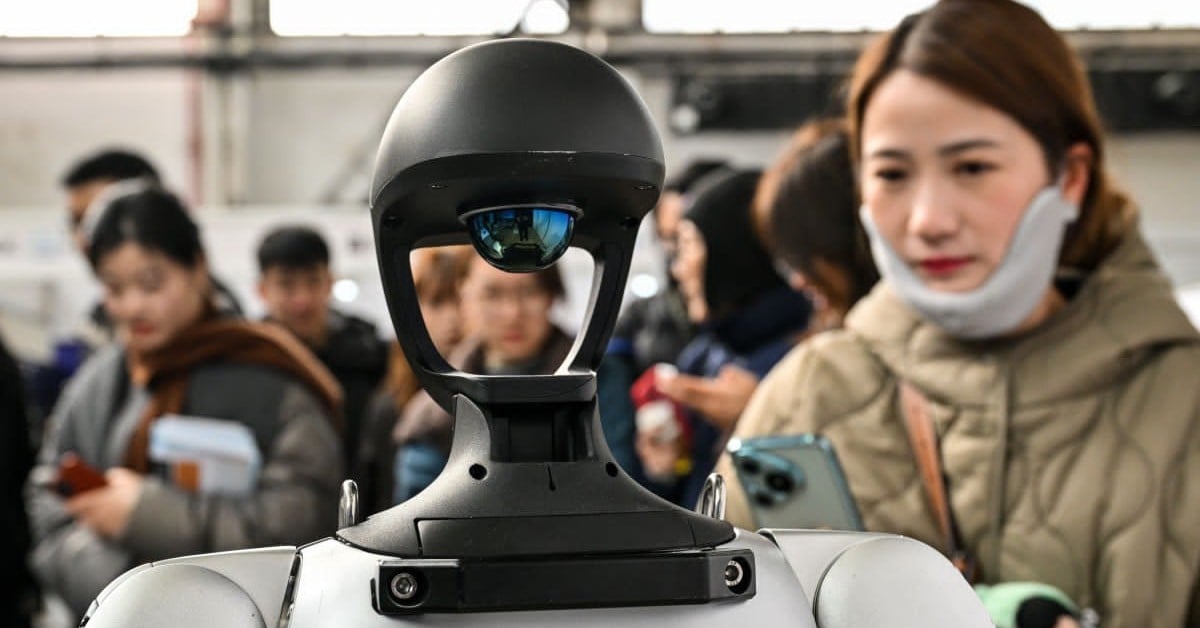



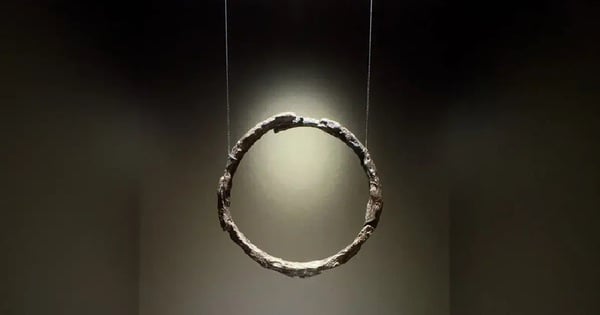
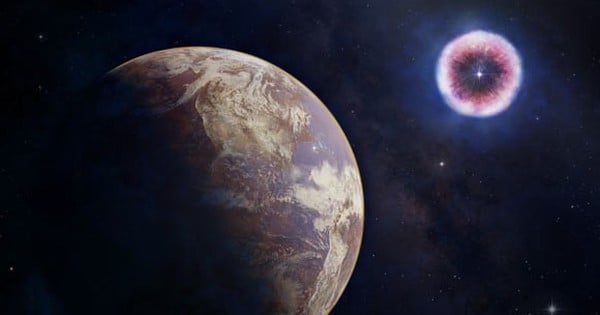















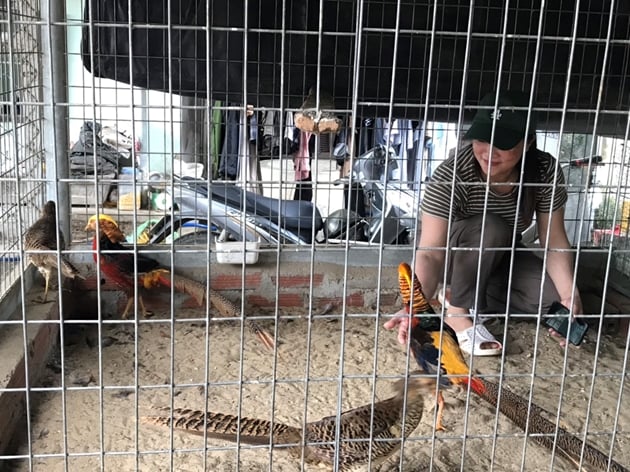


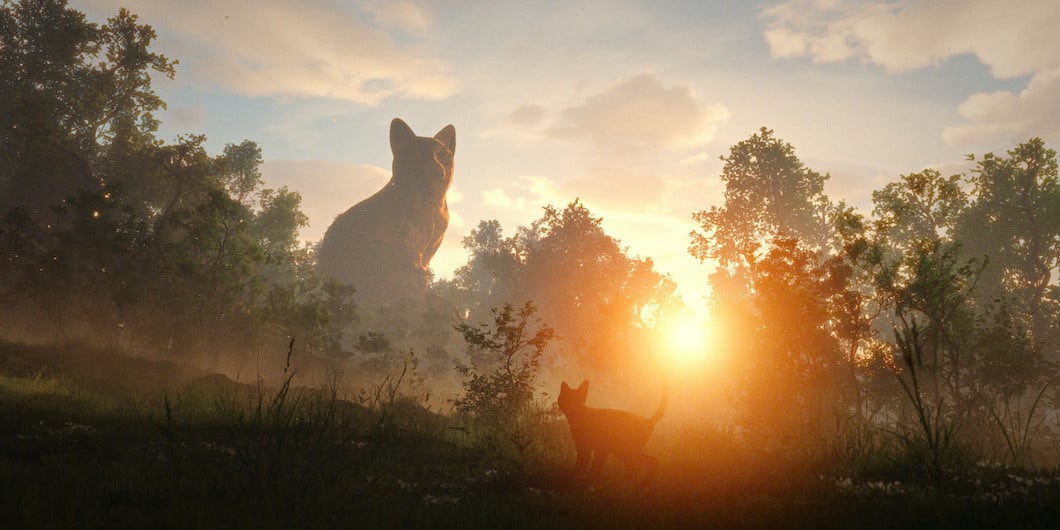
Comment (0)